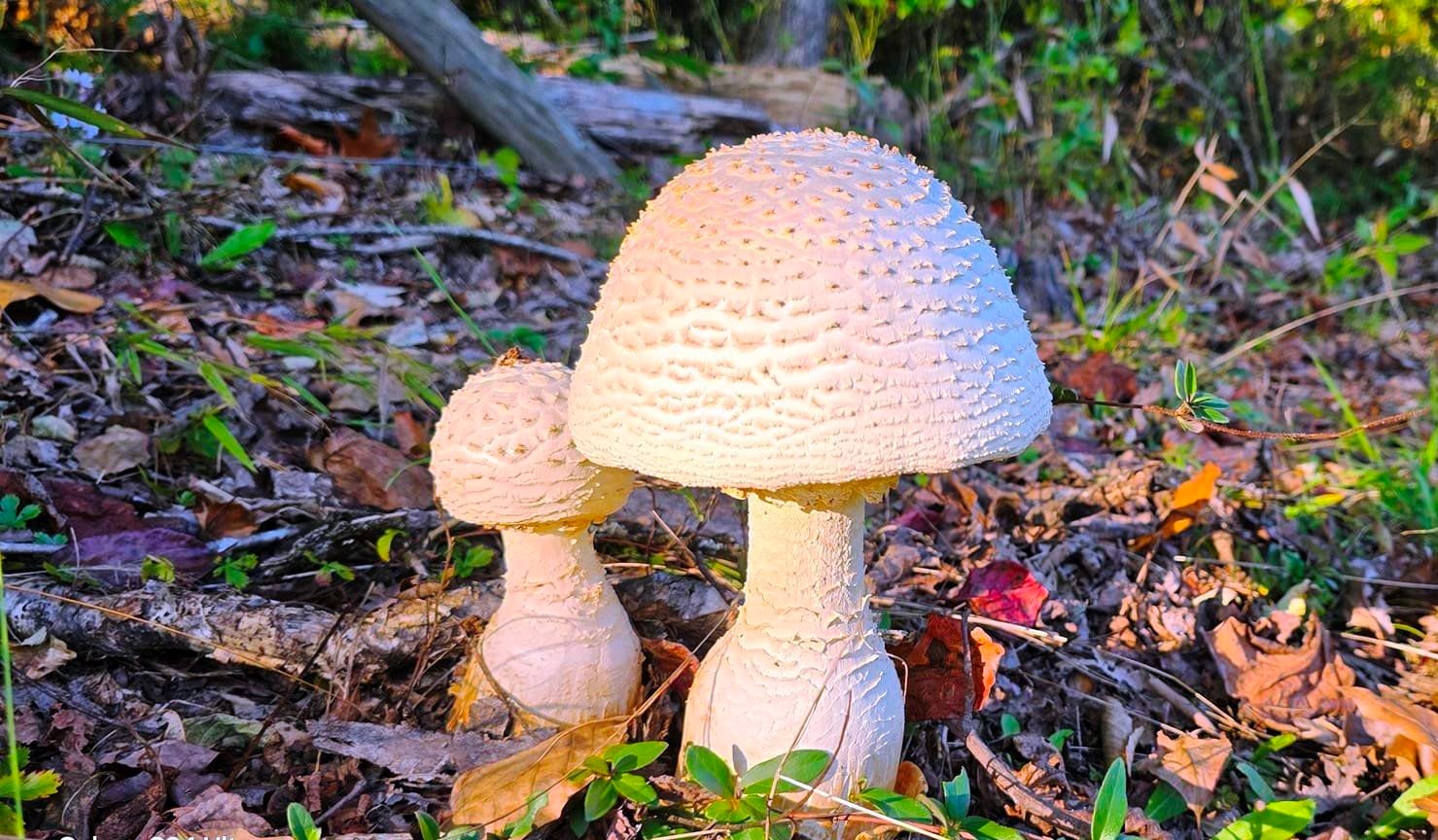General information:Common names: Amanite abrupteClass: Agaricomycetes Familly: Amanitaceae Genus: Amanita Order: Agaricales Phylum: Basidiomycota Usable: Toxic |
Amanita abrupta (lat.) is a deadly poisonous mushroom from the genus Amanita of the family Amanitaceae . It grows in the east of North America , in Korea and Japan.
Taxonomy
First described in 1897 by American mycologist Charles Peck based on a specimen found in Auburn , Alabama.
The type species of the section Lepidella of the subgenus Lepidella of the genus Amanita , which has amyloid spores as a characteristic feature . The specific epithet abrupta (from lat. abruptus , “sharp”, “sudden”) is associated with a sharp thickening of the bottom of the fungus stem.
Description
Hat 4-10 cm wide, white, sometimes with brownish spots, dry, with hanging down remains of the bedspread. In young mushrooms, the cap is hemispherical, with a folded edge; later becomes broadly bell-shaped to convex; in old mushrooms it is flat-convex or flat, sometimes with a depressed disc. The edge of the cap in young mushrooms is not ribbed. Remains of spathe on the cap in the form of white or brownish conical or pyramidal “warts” 1-2 mm high and 1-2 mm wide at the base, easily separated; at the edge of the cap, the warts change into smaller flakes and scales.
Blades 5-8.5 mm wide, frequent, unequal, widening towards the edge of the cap, narrowly adherent; white, with age – cream, yellowish or pale buff. Leg 6-12 × 0.5-1.5 cm, white, dense, slightly narrowed upwards, below – with a pronounced bulbous thickening. The surface of the foot is slightly hairy. Stem thickening 14–30 × 14–33 mm in size, rounded, covered with low concentric ridges; with prominent white mycelial strands. Annulus subapical, white, sometimes with yellowish spots, dense, thickened towards the edge, slightly streaked, pendulous, often connected to the stalk by white fibers. The flesh is white, does not change color when cut. The smell is weak, unpleasant, the taste is not pronounced. Spore powder is white.
Micromorphology
Spores 6.5–9.5 × 5.5–8.5 µm, rounded, almost spherical or broadly elliptical, smooth, thin-walled, amyloid, with clamps at the base of the basidium. Color chemistry: In KOH , the surface of the cap is slightly pinkish.
Ecology and distribution
It grows singly in deciduous, coniferous and mixed forests, forming an association with birch, beech, oak, fir, pine, poplar and hemlock. It occurs from September to December in eastern North America from Quebec to the states of Georgia and Texas and Mexico, spreading in the west to the border of the forest zone. It is also found in Korea and Japan.
Toxicity
It has a hepatotoxic effect similar to that of White-tufted grebe, but weaker. Poisoning develops after 10-20 hours, accompanied by severe vomiting, diarrhea and dehydration.
Similar species
It differs from other pale-colored species of the genus fly agaric in the presence of a pronounced thickening on the stem, a dense ring and spore morphology.
Closest to Amanita abrupta is the endemic Japanese species Amanita sphaerobulbosa Hongo, which differs from the former in the form of spores and the microstructure of Volvo remains.
